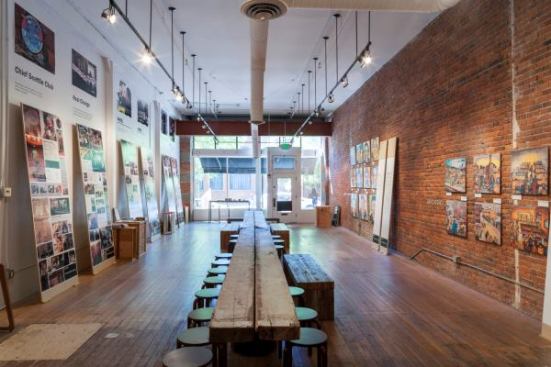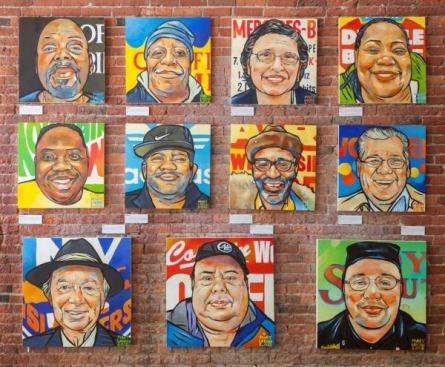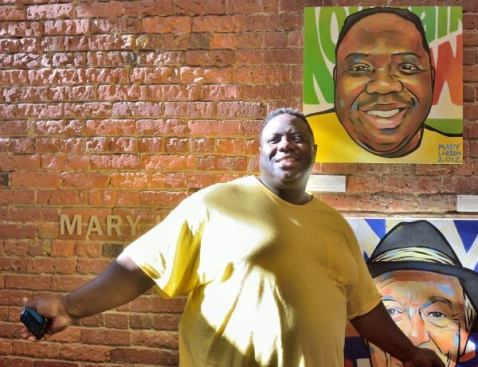Joe Iano
Artist Residency: Mary Ann Peters, June–September 2011 Mary A…
Named [storefront], Maskin and Murray’s experiment has since hosted 12 artist residencies, design studios, exhibitions, and benefits, with three more to go before the lease runs out at the end of the year. “The speed and necessary economy of the things we have done in the space have also allowed us to experiment and take risks,” Murray says. “These are really sketch exercises.”
Their installations have ranged from hosting architecture studios for local students to the “Record Store,” in which Olson Kundig worked with the Seattle Art Museum to design a space where exhibitgoers could listen to vinyl records, or go to listening parties hosted by locals such as doctors, artists, spiritual leaders, and urban planners. “The public walks into the space and they don’t know what the rules are,” Maskin says. “They know how to buy something but not how to listen to records for two hours or how to look at mushrooms.” And with that, the firm provided a much-needed jolt of funkiness to a depressed neighborhood, like falling down the rabbit hole and finding a new world.
The [storefront] experiment also benefits practice and morale. For the 12-foot-by-16-foot greenhouse, Olson Kundig worked with local construction company Schuchart/Dow to design the reclaimed-wood-framed greenhouse in BIM, then wrapped it in a layer of heat-sensitive plastic sheeting that became taut after application of a torch. “What you learn from a collaborative design process translates to professional practice,” Murray says. Company morale comes in when firm employees become excited about out-of-the-box assignments, Murray adds: “The way you work academically in the studio, the loosenesss, the creativity—it’s what we all fell in love with.”
The most recent project, “Skid Road,” brings the project home, in a way, as it addresses the nearby homeless population—“Skid Road” was inspired by a man who was frequently found sleeping in [storefront]’s doorway. Inside, the firm profiled nine organizations that help the homeless and exhibited the work of two artists; one paints portraits of homeless persons and then sells her work for donations for the homeless community.
Up next is a poetry laboratory, an installation on food and social culture, and a partnership with a film school. Not to mention [storefront] 2.0, as Maskin and Murray are already talking about extending the pro bono space—or even reinventing it, so that the next person who steps out of the rain can also find something of wonder.
![Artist Residency: Mary Ann Peters, June–September 2011 Mary Ann Peters used [storefront] as a working studio as to a mural for the “Jim Olson: Architecture for Art" career retrospective exhibit held at the Museum of Art at Washington State University (WSU). Mary Ann "undertook the conceptualization and creation of this room-sized piece in [storefront], working simultaneously with the WSU Summer Design Studio," Murray says. The WSU students used the space in July.](https://architectmagazine.stg.zonda.onl/wp-content/uploads/sites/5/2025/06/1556288366-olson-20kundig-20architects-27-20storefront-01-tcm20-1513997.jpg?w=482)
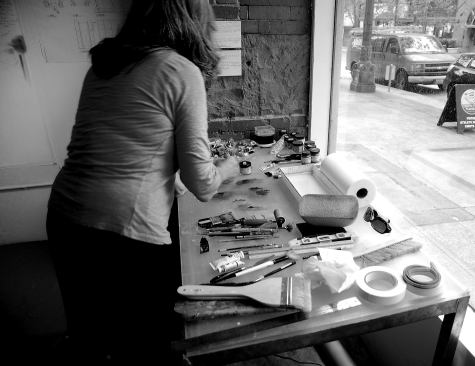
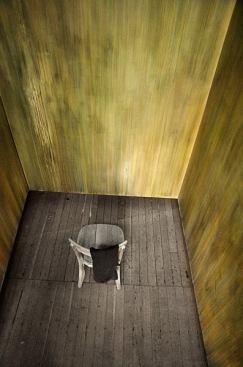
![Washington State University School of Architecture, Summer Design Studio, July 2011 "Each summer, Washington State University [in Pullman, eastern Washington] offers a traveling studio experience for its students," Murray says. "Last summer, we partnered with them to create a summer studio experience in Pioneer Square [Seattle]. The students undertook study problems related to the history and built context of the area, and participated in charrettes on projects we were doing in the office, including a mixed-use project two blocks away. A number of architects from the firm assisted with the studio and acted as one-on-one mentors. The students became a part of our office culture for the summer."](https://architectmagazine.stg.zonda.onl/wp-content/uploads/sites/5/2025/06/312497782-olson-20kundig-20architects-27-20storefront-04-tcm20-1514000.jpg?w=526)
![Dear Seattle, September 2011 "Dear Seattle" was a collaboration between Studio Matthews and [storefront] for the Seattle Design Festival. The pop-up design center welcomed people to drop by and share ideas about Seattle. "A number of interactive exhibits invited people from the broader community to comment on things they loved about Seattle as well as areas where they felt the city and the design community needed to keep looking for better solutions," Murray says.](https://architectmagazine.stg.zonda.onl/wp-content/uploads/sites/5/2025/06/176761377-olson-20kundig-20architects-27-20storefront-05-tcm20-1514001.jpg?w=555)
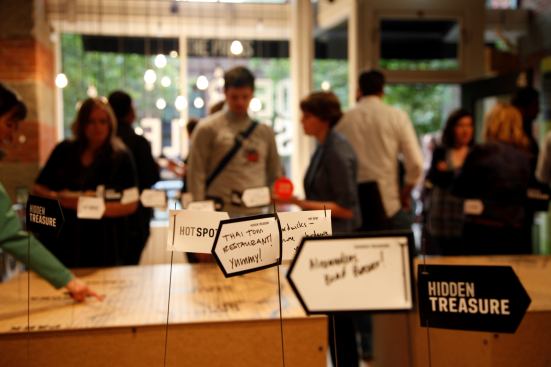
![Artist Residency: Degenerate Art Ensemble, October 2011 In October of last year, OKA worked with the San Francisco performance group Degenerate Art Ensemble and it's co-founder Haruko Nishimura. "Many of the [storefront] installations were created in support of people in our community whose work inspires us," Maskin says. "During this residency, [storefront] was transformed into a performance venue for an environmental work called 'Skirmish.' "](https://architectmagazine.stg.zonda.onl/wp-content/uploads/sites/5/2025/06/429582233-olson-20kundig-20architects-27-20storefront-07-tcm20-1514003.jpg?w=491)
![Artist Residency: Degenerate Art Ensemble, October 2011 "As part of the residency, Olson Kundig Architects also collaborated with Degenerate Art Ensemble [DAE] on 'Underbelly,' a site-specific migratory performance in the underbelly of Seattle’s 1962 World’s Fair architecture," Maskin says. "The performance, which is now being produced with the help of a grant that was awarded to DAE and Olson Kundig Architects, is part of Seattle’s Next Fifty celebration and will be open to the public in the fall of 2012."](https://architectmagazine.stg.zonda.onl/wp-content/uploads/sites/5/2025/06/1513792343-olson-20kundig-20architects-27-20storefront-08-tcm20-1514004.jpg?w=245)

![Artist Residency: Arts Corps, November 2011 [storefront] partnered with a local arts group called Arts Corps in order to support artist programming and education in its community.](https://architectmagazine.stg.zonda.onl/wp-content/uploads/sites/5/2025/06/1347289049-olson-20kundig-20architects-27-20storefront-10-tcm20-1514006.jpg?w=554)
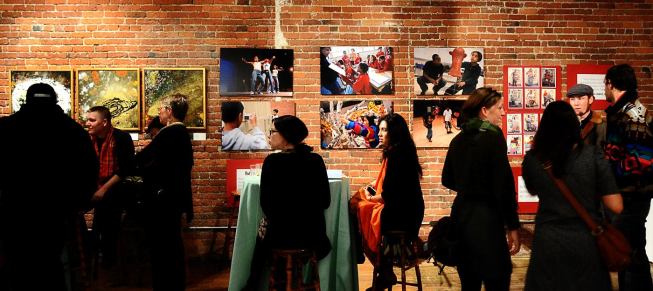
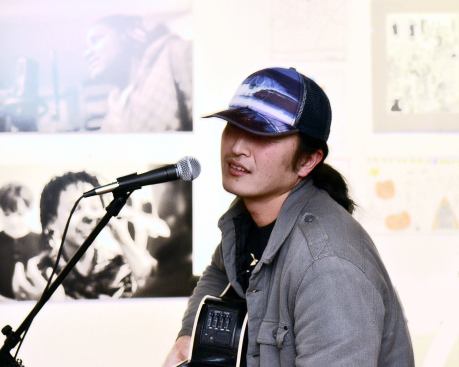
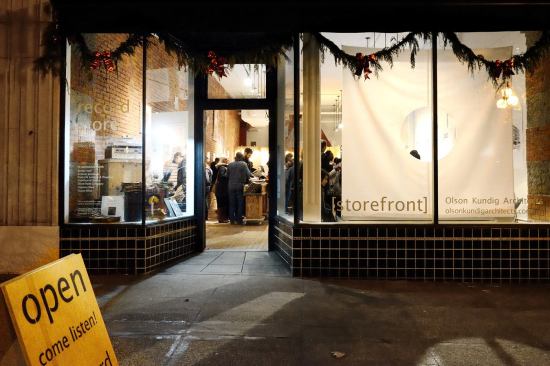
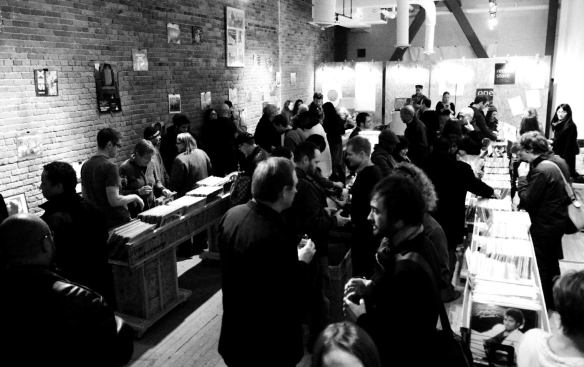
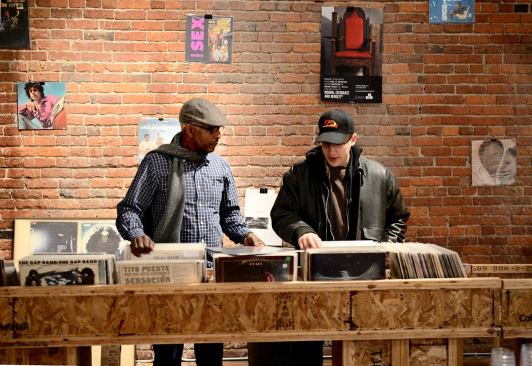
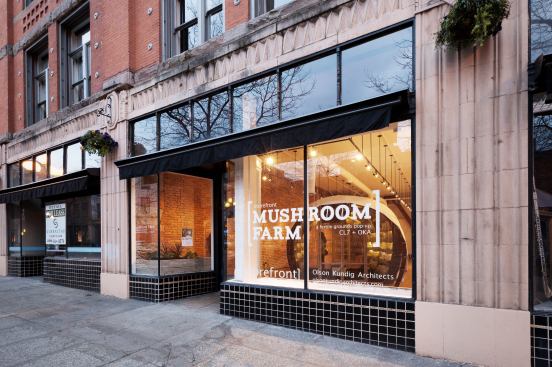
![Mushroom Farm, February–March 2012 "As an urban farming experiment," Maskin says, "Mushroom Farm asked the question, 'Can we turn [storefront] into a farm and grow food on the spent, and otherwise landfill-destined, coffee grounds discarded by the three coffee shops in our neighborhood?' " Coffee grounds came from local Zeitgeist Coffee, Cafe Umbria, and the closest Starbucks.](https://architectmagazine.stg.zonda.onl/wp-content/uploads/sites/5/2025/06/122199994-olson-20kundig-20architects-27-20storefront-17-tcm20-1514013.jpg?w=247)
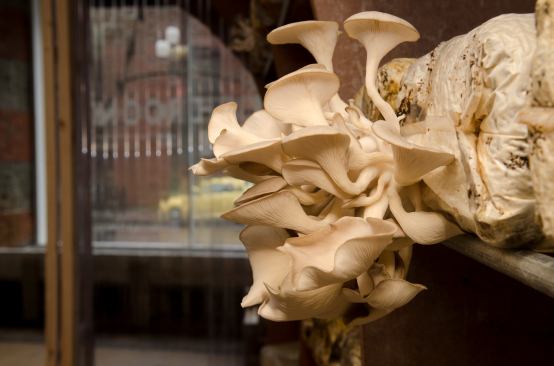
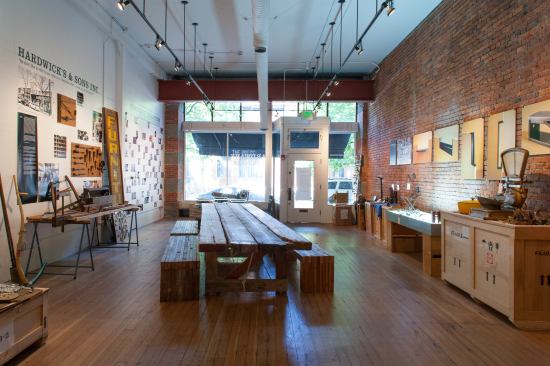
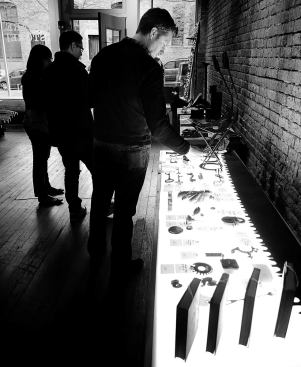
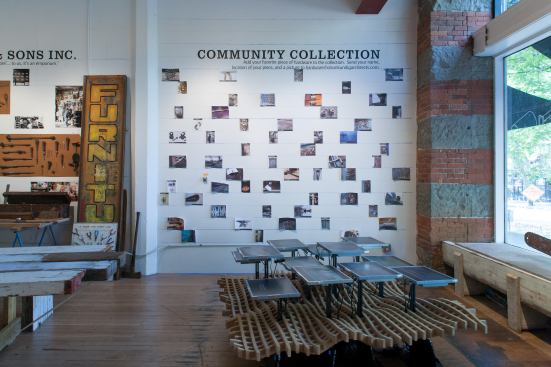
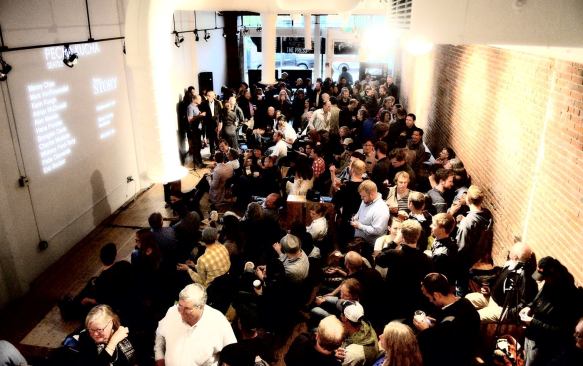
![Skid Road, August–September 2012 Olson Kundig's current installation of [storefront] is "Skid Road," a way of bringing together artists, historians, evangelical Christians, designers, filmmakers, and the homeless in a single installation," Maskin says. "This is a group that is rarely assembled in the same room together."](https://architectmagazine.stg.zonda.onl/wp-content/uploads/sites/5/2025/06/182606556-olson-20kundig-20architects-27-20storefront-23-tcm20-1514019.jpg?w=600)
